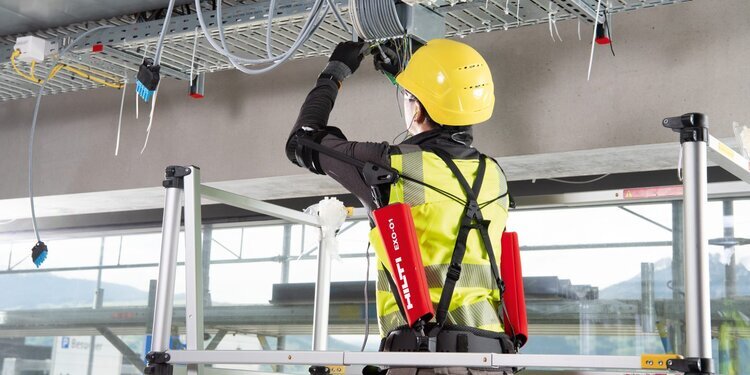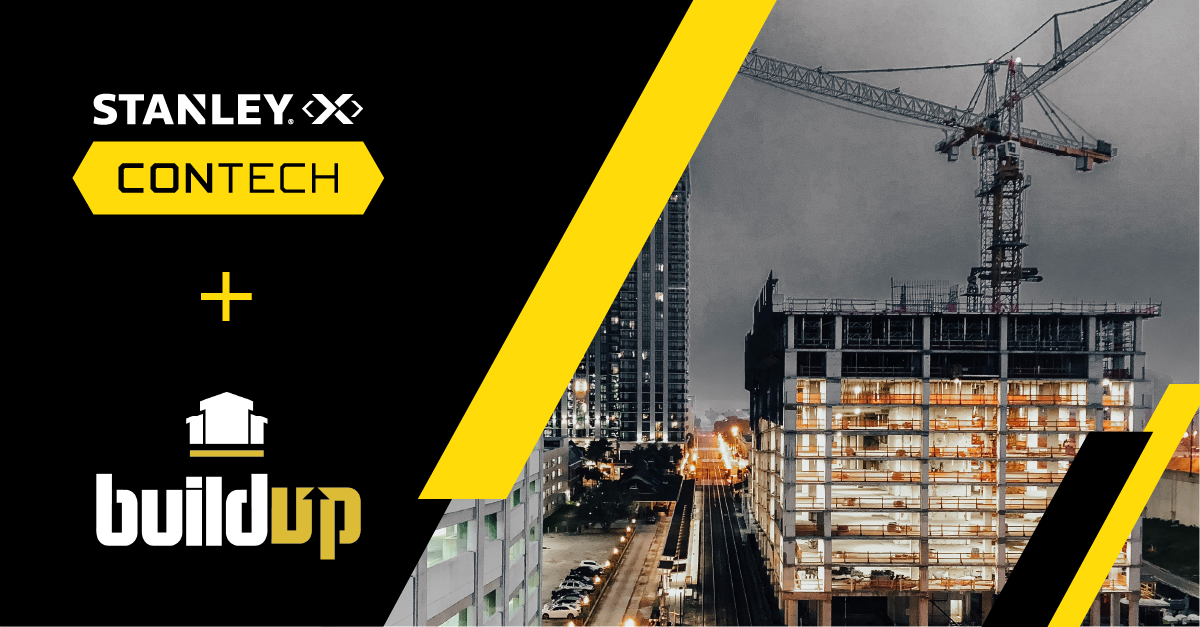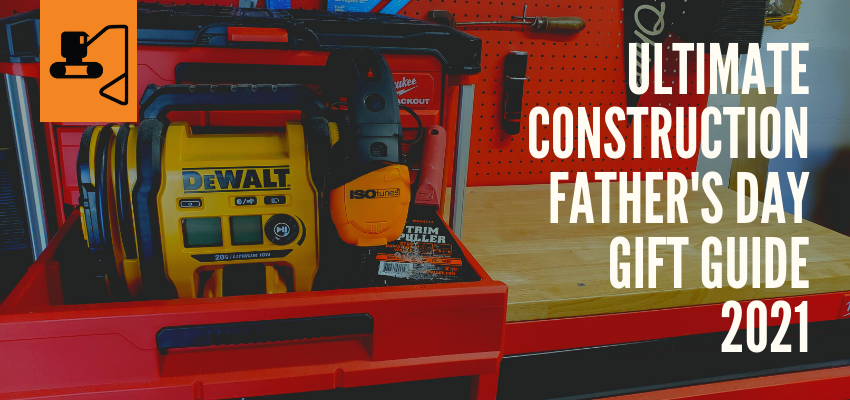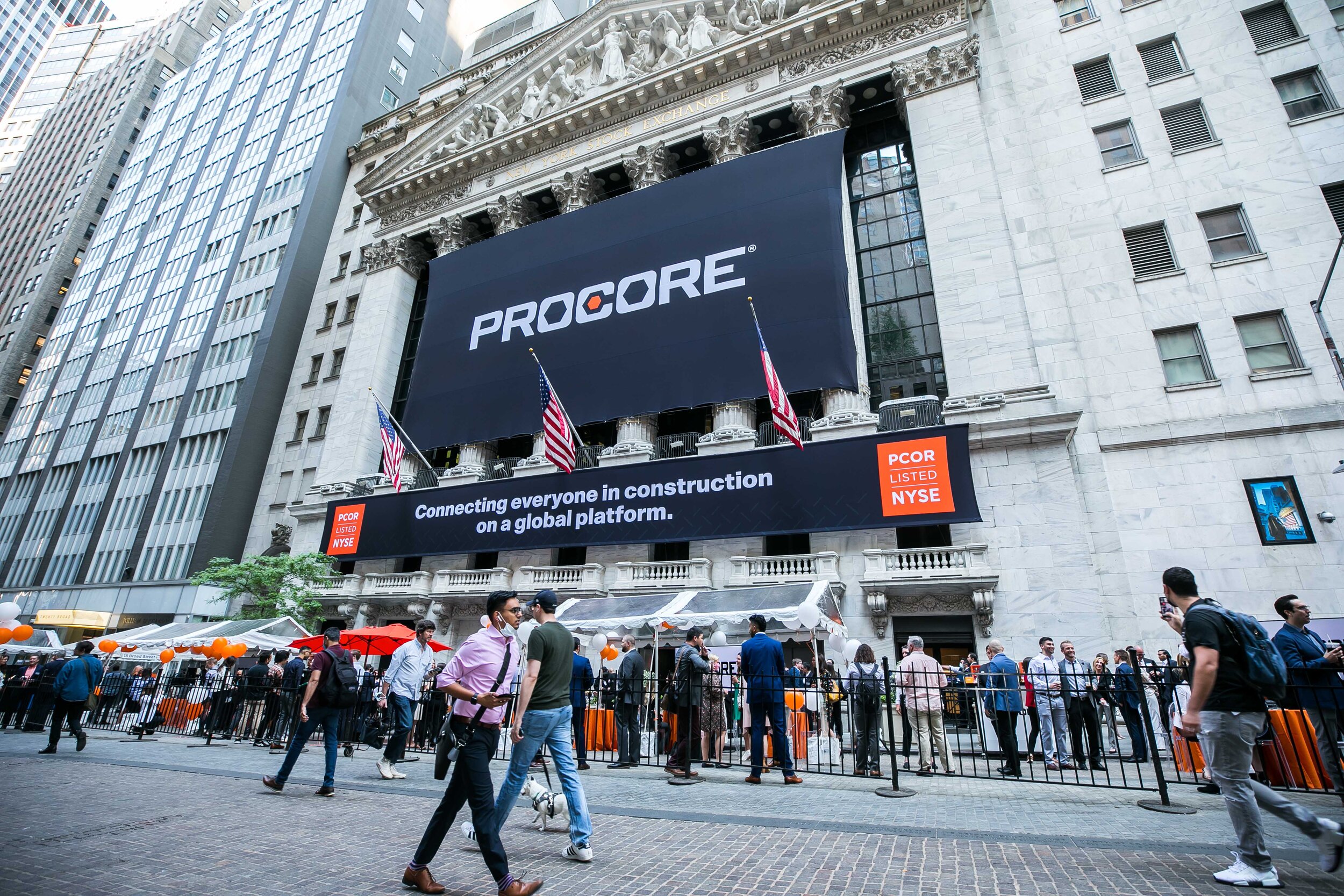The HRP-5P , via YouTube
When we first began talking about construction technology in 2015, there were a lot of pie-in-the-sky ideas. Many products had financial backing, but no legitimate proof of concept or path to a commercial market. Fast forward just 3 years and many of those same products are starting to hit limited jobsites and have a viable chance to succeed in the industry.
Let us know which technological advancement you’re most looking forward to using in the comments below!
13. Automatic Submittal Log Builders
The great thing using construction specific software on your projects is that they have the ability to turn absolutely tedious processes into a quick and painless click of a button, with greater accuracy than doing it manually.
Both Procore and PlanGrid released automatic submittal log builders this year, reducing what could take a couple weeks to build down to a few minutes. All you have to do is upload a readable PDF of your project’s specifications and the software will search through and create a spreadsheet with all of the details.
12. CAT’s Rugged Phones Add Tons of Useful Jobsite Features
In 2016, CAT released the first ever phone with a built-in thermal imaging camera. Last year, they doubled down on that technology and added even more useful features for contractors on the S61.
In addition to an upgraded thermal imaging camera, the CAT S61 features a VOC sensor, a humidity sensor, and a laser distance measure.
Later in the year, CAT also announced the release of their first phone on a US mobile carrier, after teaming up with Sprint. Fans of Push-to-talk will be happy to know that phone, the S48C, will have that function available.
11. New App Uses Virtual Reality to Teach Construction Workers About Fall Protection
The American Society of Safety Professionals developed an app that uses virtual reality to give construction workers a more interactive experience when learning fall safety. The app, called ASSP VR Fall Protection Experience, follows the ANSI/ASSP Z359 Fall Protection and Fall Restraint standards.
Once inside the virtual fall protection experience, users will navigate a two-story roof and will be asked to identify common fall hazards, such as skylights, anchorage strength, and fall clearance. The entire program only lasts around 3 to 5 minutes.
It comes at a fairly hefty cost at over $500 for 30 days of access, but virtual reality is a great way to get real-life situations into safety training and I hope it become more popular.
Continue reading the full story…
10. Procore Dives into Virtual Design and Construction
Virtual Design and 3D modeling programs have been around for a while now, but they’re continuously getting easier to use and more intuitive. At their yearly technology conference, Groundbreak, Procore announce the release of a new product called Design Coordination.
That announcement came just a few months after the tech company acquired BIM software company BIManywhere. Included in that announcement was a teaser of a new 3D model viewer that will be released in the near future.
9. New Construction Photo Tool Can Create a Google Street View Style Database for Your Project
Photo documentation is arguably one of the most important steps of document management on a construction site. There will be no other proof of how things were completed without tearing apart walls or floors without them. Storing your thousands of jobsite pictures in various folders on your desktop is extremely ineffective and inefficient. Thankfully, there are a few 360 degree photo softwares available that can make your pictures painless and much more useful.
OpenSpace is a new software that turns your jobsite walks into a virtual Google Street View-style map, just by attaching a 360 degree camera to your hard hat. The app knows exactly where the photos are being taken, so you can go back to any time in history and see what was behind the walls. Check out the video below for more details…
8. This Robot Tracks Construction Progress While the Crew is Home Sleeping
Doxel, an artificial intelligence company, is attempting to solve both problems through the use of stair-climbing land robots and drones. The robots take HD pictures and laser scans of each room throughout the entire duration of the project. The software then cross references those images and scans with the uploaded budget and schedule to determine how your project is performing. Deviations from the BIM model are also detected and alerts are sent for correction.
7. Bricklaying Robots Getting More Experience
The University of Nevada, Reno’s University Arts Building became the first construction site in the state to use SAM, the Semi-Automated Mason. We’ve been following the progress of SAM for the past 3 years and this project, which consisted of 60,000 bricks, was one of the robot’s largest jobs to date.
On a similar note, Fastbrick Robotic’s Hadrian 105, another brick laying robot achieved its 3-year milestone of completing the block work for a 2,000 sf home. After successfully completing the full home structure, which only block laying, a civil and structural engineering group determined that the structure met all relevant building standards, according to the company’s press release. You may notice in the video below that the blocks are not placed in a typical bed of mortar, as the company has opted to use specifically formulated construction adhesive. Since the proof of concept is now successful, Fastbrick Robotics plans to begin commercially selling the robot.
6. Dubai Pledges that 25% of Every New Building Will be 3D Printed
Starting in 2019, Dubai will begin their new goal of 3D printing 25% of every new building in the city. They plan to gradually work their way up to 25% by starting with a goal of 2% 3D printed buildings in the first year.
The “Dubai 3D Printing Strategy,” as it’s being called, is meant to set Dubai up to be the “leading hub of 3D printing technology by the year 2030.” Specifically in the construction sector, Dubai will be focusing on foundations, joints, park facilities, buildings for humanitarian causes, and mobile homes. Outside of construction, the Dubai Health Authority has committed to exploring 3D printed prosthetic limbs, teeth, and hearing aids.
Continue reading the full article…
5. [VIDEO] Awkward Human-like Robot Installs Drywall by Itself
The HRP-5P, as the Research and Development Institute of Advanaced Industrial Science and Technology (…whew, we’ll call it AIST after this) is calling the robot, is a nearly 6 foot tall (182 centimeters), 222 pound humanoid laborer. This latest robot was born out of another robot that was meant for disaster response. Although that earlier generation robot could handle difficult terrain, it lacked the correct amount of joints in order to simulate human activity.
As you’ll see in the video, the HRP-5P isn’t going to set any land speed records. It’s very precise and methodical in its movements. It’s also fairly limited in its abilities right now, as it follows a specific series of operations using various sensors and other operations. Perhaps the coolest thing is that the robot can recognize different tools, such as the drywall screwdriver in the video, and pick it up using augmented reality.
4. Self-Driving Track Loader Has Started Moving Dirt on its First Commercial Jobsite
Built Robotics’ Autonomous Track Loader (ATL) first made headlines in 2017 when it began beta tests on small test tracks in San Francisco. The ATL is powered by a rooftop cargo carrier that is filled with electronic equipment, including Light Detection and Ranging (LIDAR). LIDAR utilizes a pulsing laser in order to measure distance and range from objects around it.
The robotic track loader underwent its first real test on a commercial construction site in Billings, Montana in 2018, but the company says that they’re still in the research in development phase. Billings construction company CMG Construction has partnered with Built Robotics to help build a nightspot called “The Den.”
3. Autodesk Acquires PlanGrid, Building Connected, and Assembled Systems
It was only a matter of time before many of the dozens of smaller construction software companies started getting gobbled up by larger players. The big surprise was that seemingly very large software company PlanGrid got acquired by even larger software giant, Autodesk. The move supplants Autodesk firmly in the construction sector for many years to come after previously focusing primarily on the design sector.
That wasn’t all of the news for Autodesk in 2018, however, as they also scooped up pre-construction solution, Building Connected, and Assembled Systems, a BIM software.
This is big news for the industry, even though many of these products already had built-in integrations with each other. These acquisitions have made it much more clear who the clear leaders are in the construction software industry, which will make choosing a software solution for your company much easier.
Read more about Autodesk acquiring PlanGrid…
Read more about Autodesk acquiring Building Connected…
Read more about Autodesk acquiring Assembled Systems…
2. Exoskeleton Vests That Make Lifting Heavy Items a Breeze
I firmly believe that technology will be used to help augment human workers abilities for a very long time, as opposed to the doom and gloom thought of complete worker replacement. One of the coolest products that we’ve seen in recent years are exoskeletons. Ekso Bionics has been making low-tech exoskeletons for a few years, but has more recently released a product called the EksoVest.
The EksoVest isn’t powered by electricity, it simply shifts pressure from your arms to your legs, which, in turn, greatly reduces fatigue and the chance for injury. Repetitive tasks can be very damaging to the body over a long period of time and products like these can help keep productivity high and stress low.
1. The World’s First 3D Printed Steel Bridge Is Finally Complete
MX3D’s 3D printed stainless steel bridge was first announced in 2015, when the group said that they would print it in place on-site in Amsterdam. Those plans later changed, due to high traffic concerns in the bridge’s final location, so it was then printed in a warehouse.
In April of 2018, the company announced the printing of the bridge was finally complete, but it then had to undergo rigorous testing to ensure structural integrity. A network of smart sensors were installed on the structure, which allowed the engineers to make a “digital twin” of the bridge. The living computer model derived from the sensors will be used for the future design of other 3D printed bridges, according to MX3D’s website.
In October of 2018, MX3D announced that the bridge had passed all inspections and was ready to be installed, but it will first will be put on display at the Dutch Design Week in Eindhoven from October 20 through 28. The bridge is still scheduled to be installed in 2019.











In the midst of fierce discourse over the bipartisan infrastructure bill lies a unique opportunity for the United States.